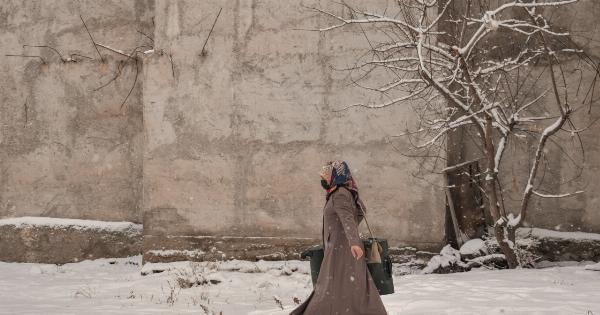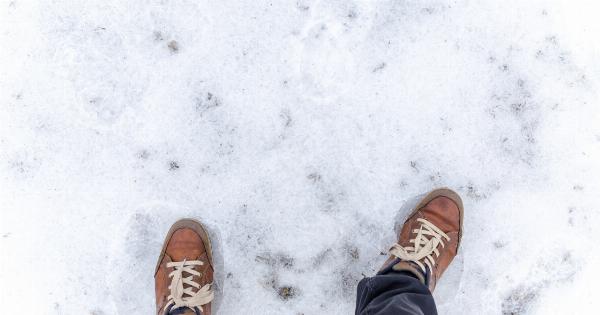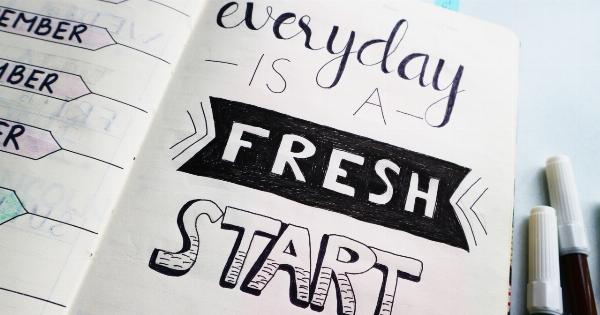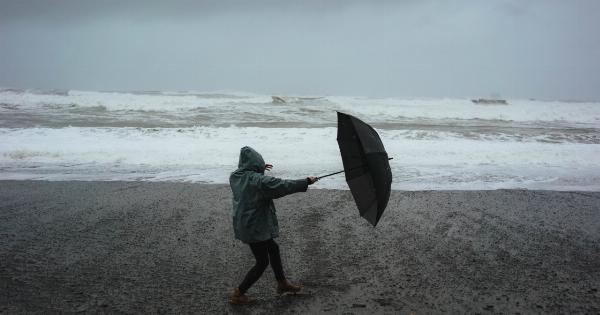Winter months can be harsh for everyone, but it is often observed that women tend to face more challenges during this time of the year.
From health issues to feeling uncomfortable, there are several reasons why women may suffer more in the winter months. In this article, we will explore some of these reasons and provide tips for women to stay healthy and comfortable during the colder season.
1. Biological Differences
One of the main reasons why women may suffer more in the winter months is due to their biological differences from men. Women generally have a higher body fat percentage than men, which means they may feel colder as body fat acts as an insulator.
Additionally, women also have a higher core temperature than men, which can cause discomfort when exposed to excessively cold temperatures. These biological factors can contribute to women experiencing more physical discomfort during the winter.
2. Hormonal Changes
Hormonal changes can also influence how women experience the winter months. During the menstrual cycle, women go through hormonal fluctuations that can affect their mood, energy levels, and overall wellbeing.
Cold weather can further exacerbate these symptoms, leading to increased irritability, fatigue, and low mood. Understanding and managing these hormonal changes can help women mitigate the impact of winter on their emotional and physical health.
3. Skin Troubles
Winter weather often brings dry air, low humidity, and cold winds, which can wreak havoc on the skin. Women may be more prone to skin troubles during this season due to their thinner skin compared to men.
Dryness, itchiness, flakiness, and even conditions like eczema may worsen, making the winter months particularly challenging for women. Adequate skincare, such as using moisturizers and protecting the skin from harsh weather conditions, can help alleviate these issues.
4. Seasonal Affective Disorder (SAD)
Seasonal Affective Disorder (SAD) is a type of depression that is associated with seasonal changes, particularly during the winter months.
Women are more likely than men to experience SAD, which can result in symptoms such as low mood, decreased energy, increased sleepiness, and weight gain. The lack of sunlight during winter days can disrupt the body’s internal clock and disrupt hormonal balances, leading to these depressive symptoms.
Seeking professional help, using light therapy, and engaging in self-care practices can assist women in managing SAD.
5. Increased Risk of Infections
Winter is known as the cold and flu season, and women may be more susceptible to various infections during this time. Weaker immune responses in women, especially during pregnancy, can make them more vulnerable to respiratory and other viral infections.
Additionally, spending more time indoors in close proximity to others increases the chances of exposure and transmission of pathogens. Proper hygiene practices, including regular handwashing, getting vaccinated, and maintaining a healthy lifestyle, can help reduce the risk of infections.
6. Clothing Challenges
Women’s winter clothing choices often prioritize style over warmth, leaving them susceptible to the harsh cold. Skirts, dresses, and thin fabrics may look fashionable but do not offer adequate insulation.
Women may also feel societal pressure to prioritize appearance over comfort, leading to compromised warmth during the winter months. Investing in warm and winter-appropriate clothing, such as layering and including items like hats and gloves, can help women feel more comfortable and protected in cold weather.
7. Increased Household Responsibilities
Winter months tend to bring additional household responsibilities, such as shoveling snow, managing heating systems, and ensuring the overall well-being of the family.
Women, who often bear the brunt of these responsibilities, may experience increased stress and fatigue during this time. Balancing these added responsibilities with self-care and seeking support from family members or hired professionals can help alleviate some of the burdens faced by women in the winter months.
8. Lack of Physical Activity
During the winter, women may find it more challenging to engage in physical activity due to various reasons. Cold temperatures, shorter daylight hours, and unfavorable weather conditions can discourage outdoor activities.
Limited physical activity can contribute to reduced mood, decreased energy levels, and weight gain, negatively impacting women’s overall well-being. It is crucial for women to find alternative ways to stay active during winter, such as indoor exercises, yoga, or joining a fitness class.
9. Vitamin D Deficiency
Winter is notorious for reduced exposure to sunlight, leading to vitamin D deficiency. Vitamin D plays a crucial role in maintaining bone health, supporting the immune system, and regulating mood.
Women are at a higher risk of vitamin D deficiency, especially those with limited sun exposure or certain dietary restrictions. It is important for women to get their vitamin D levels checked regularly and consult with healthcare professionals for appropriate supplementation or dietary adjustments to alleviate the health risks associated with deficiency.
10. Emotional Impact
The winter months can have an emotional impact on women due to various reasons discussed above. Feeling uncomfortable, experiencing skin troubles, and facing additional responsibilities can take a toll on women’s emotional well-being.
It is essential for women to prioritize self-care, engage in activities that bring joy and relaxation, and seek support from loved ones or professionals when needed. Managing emotional well-being during winter can significantly improve women’s overall quality of life.
Conclusion
While winter can present challenges for everyone, women may face unique difficulties during the colder months.
Biological differences, hormonal changes, skin troubles, SAD, increased risk of infections, clothing challenges, increased household responsibilities, lack of physical activity, vitamin D deficiency, and emotional impact are some of the reasons why women may suffer more in winter. By understanding these factors and implementing appropriate strategies and self-care practices, women can stay healthy, comfortable, and resilient during the winter months.


























